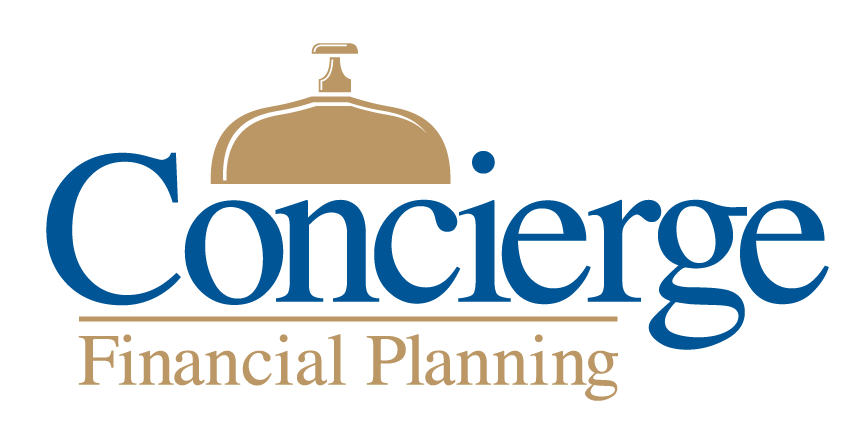5 Ways to Hedge Against Sequence of Returns Risk
Submitted by Concierge Financial Planning, LLC on October 7th, 2015
As Halloween approaches we are all reminded of the scary spooks and ghouls that haunt our lives. Few things are scarier than the sequence of returns risk I wrote about in my lastpost. Like the weather, we cannot control sequence of returns risk, but we can protect ourselves from experiencing its full wrath.
Here are five ways:
1. Invest More Conservatively During the Early Years
We are most at risk during the first ten years of retirement; one way to hedge against this risk is simply to invest more conservatively during this time period. For example, if your risk tolerance and risk capacity suggests a 60/40 (stocks/bonds) asset allocation, perhaps you pull back to a 40/60 or 50/50 allocation for the first ten years of retirement. With less in equities, you will not be as much at the mercy of the stock market, and if there is a catastrophic year of market returns, you’ll have a larger bond cushion. Of course, there is a tradeoff: you’ll be taking less risk and earning less return. You can view this as the price you pay for this type of “portfolio insurance.”
If you are still feeling like you want more exposure to the stock market you can contemplate increasing your allocation to stocks after ten years or consider increasing your exposure to equities slowly over time. For example, you could increase your equity allocation by going from 40% equities to 60% equities over 20 years by increasing your exposure by 1% each year.
2. Purchase Income Annuities
Annuities are not always a four letter word. Income annuities can offer unparalleled protection against sequence of returns risk. This is because they are not “path dependent,” i.e., their payments are guaranteed and do not depend on market performance. Annuity issuers are able to pool the sequence of returns risk of their investors who work and retire at different times. This is the same way your insurance company provides your homeowners insurance. Those who experience hurricane damage and receive reimbursement are being funded by those who did not suffer any harm.
Allocating a portion of your investment portfolio to an income annuity, either immediate or deferred, can be a great way to offset sequence of returns risk. You can view the income annuities as part of your bond allocation since they are similar to a bond with a maturity date at the end of the annuitant’s life. If you are worried about your payments keeping up with inflation you can consider income annuities linked to CPI.
Recent research by Wade Pfau suggests that an income annuity may outperform a similar bond. He writes that, after 20 years with 5% annual withdrawals a 0% bond will leave a depleted portfolio while an income annuity invested in 0% bonds, through pooling of risk and mortality credits, could continue to support the 5% withdrawals. Although there is no return of principal with an income annuity like there is with a bond, if your portfolio has been depleted it doesn’t make much of a difference anyway.
3. Leverage Pension Payments
Those who are fortunate to have a pension have a built in hedge to sequence of returns risk. The pension payments are similar to the income annuity payments described above; they are not path dependent. Therefore when considering whether to take a lump sum or series of payments, give some thought to your sequence of returns risk. I know it’s nice to get your hands on that pool of cash, but is it in your best interest over the long run? What’s more, pension annuities are usually more generous than commercially available annuities. Consider whether you have other investments in your portfolio that hedge your sequence of returns risk. Your pension may present a great opportunity to buy some protection.
4. Delay Social Security
Social Security is the best income annuity out there. It’s an inflation-linked stream of payments you cannot outlive. By delaying your benefits until age 70 you can obtain a lifetime of higher payments without sequence of returns risk. In fact, your benefit will start 76% higher if taken at age 70 than it would have been if started at 62. There is nothing to buy or allocate here. All you have to do is be patient and wait.
5. Combine Strategies
A combination of all the strategies mentioned above is also possible. Each individual or couple’s situation will be different and should be evaluated carefully to determine the best sequence of returns hedges. The only thing you don’t want to do is ignore the existence of this risk. Most people are focused solely on market returns, and they should open their eyes to the fact that the order in which those returns occur is also vitally important.

